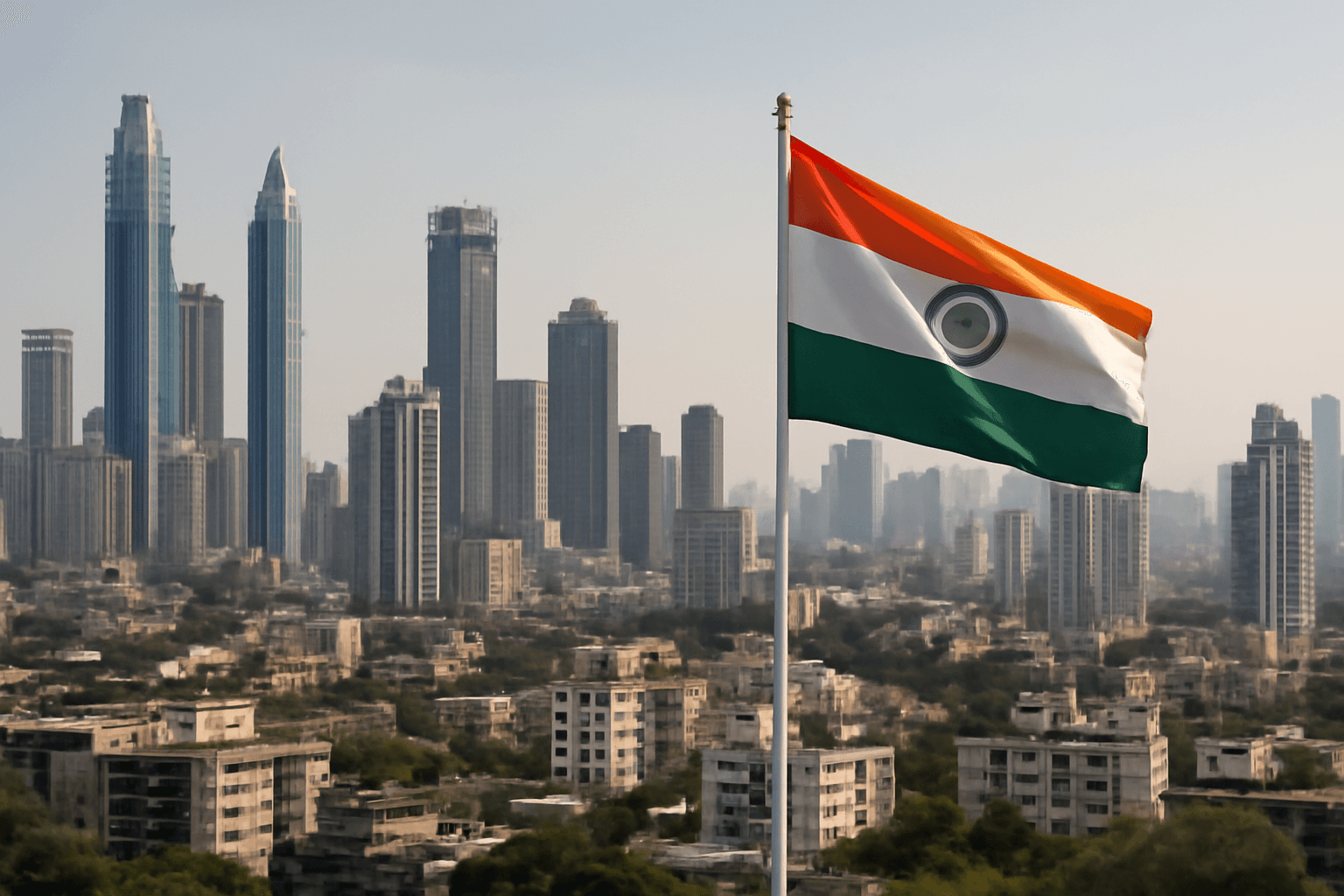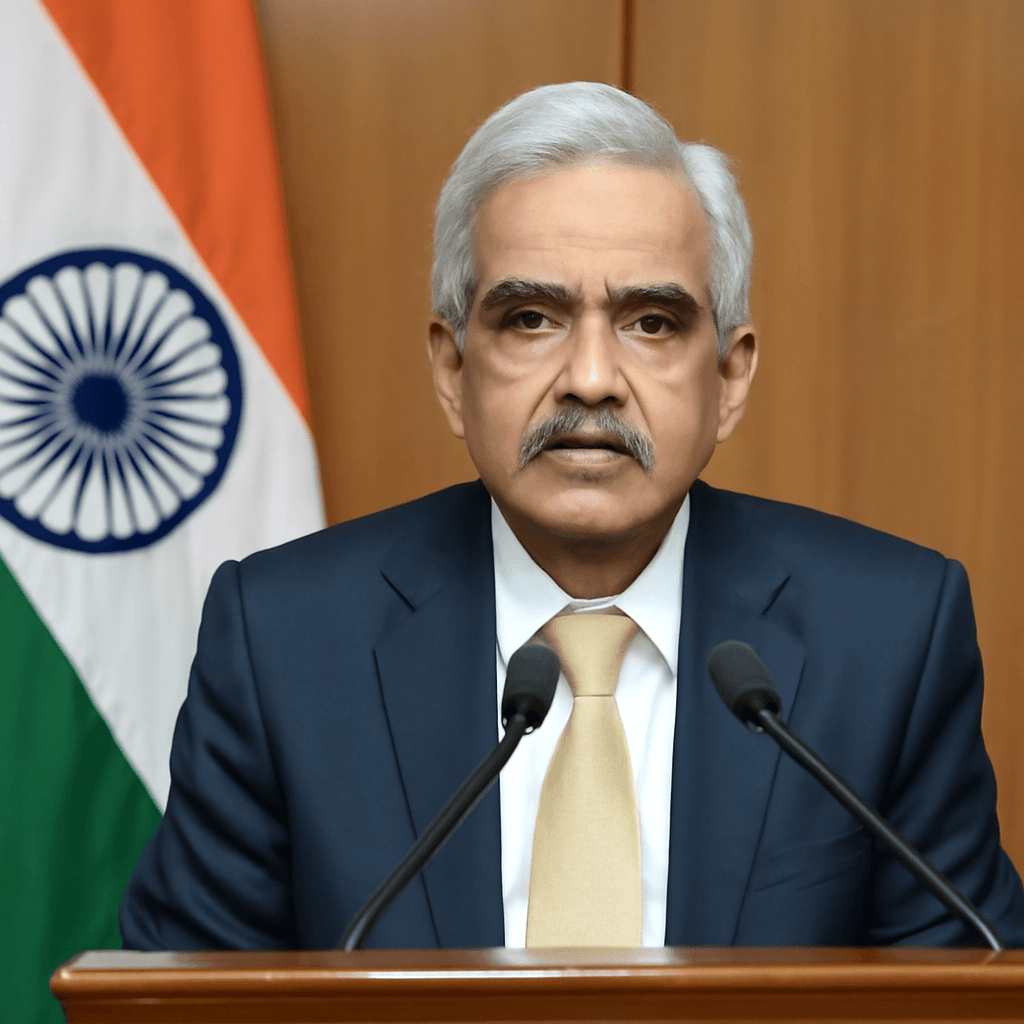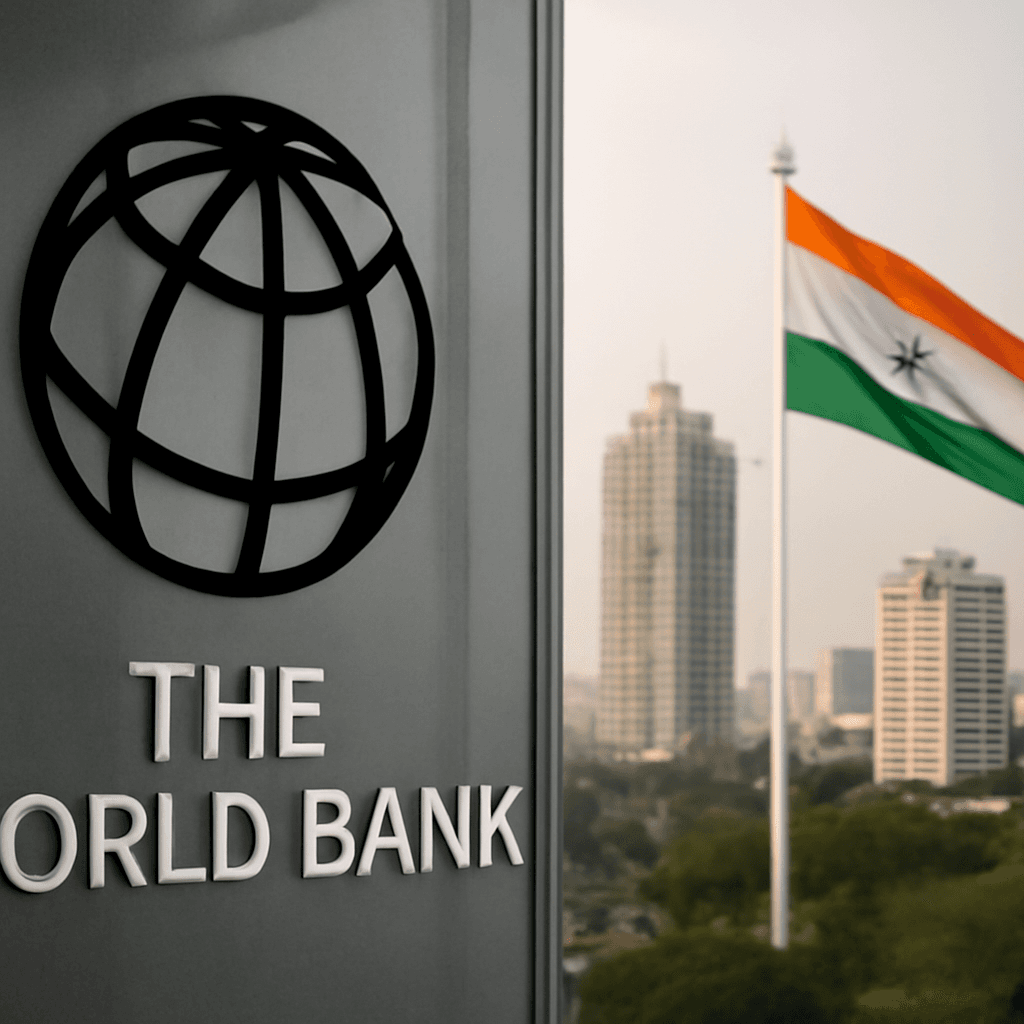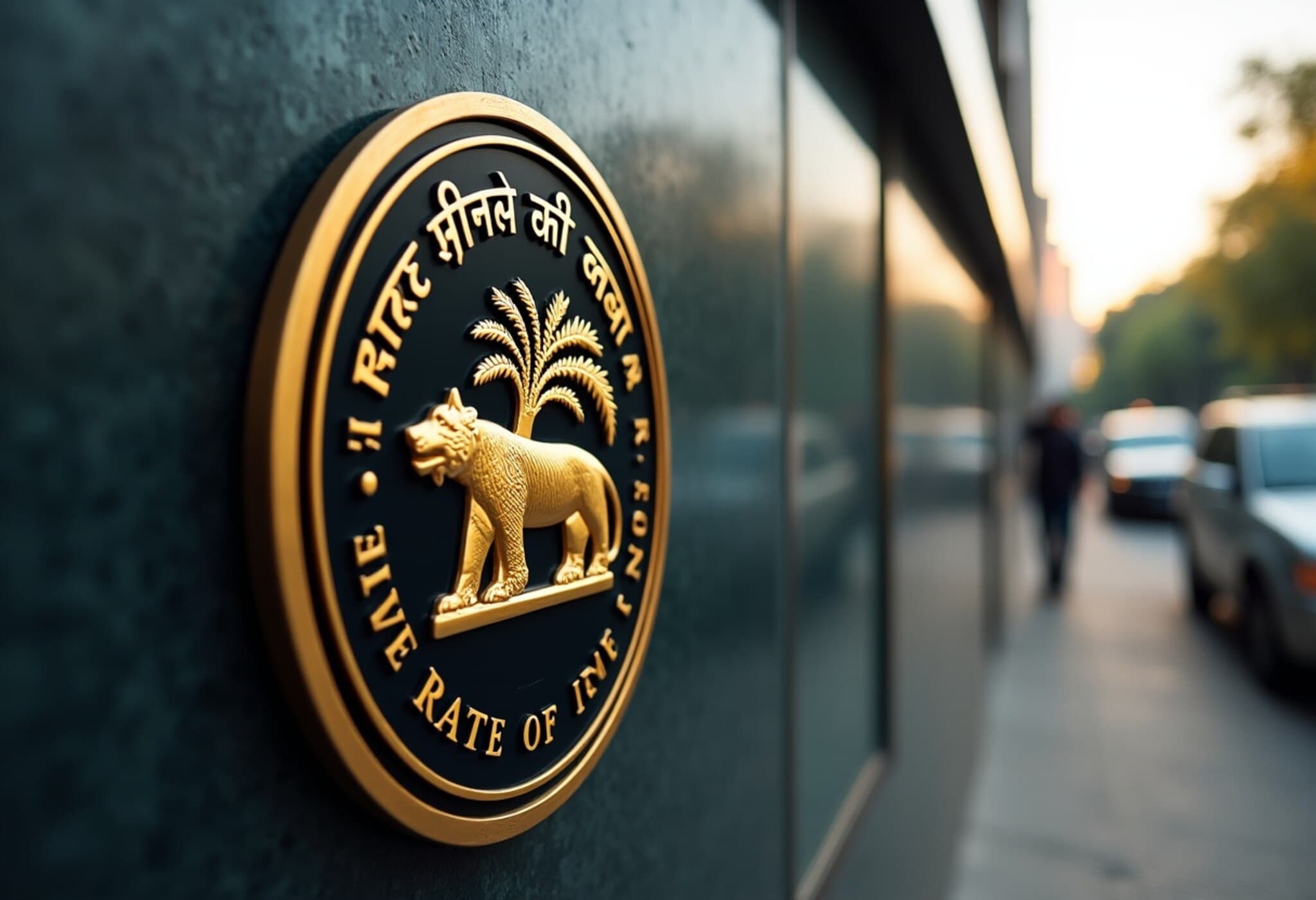India's economy expanded at an annualized rate of 7.4% in the quarter ended March 2025, significantly exceeding economists' expectations and marking the strongest growth for the fiscal year 2025.
This growth rate surpassed the 6.7% forecast from a Reuters poll and highlights the resilience of Asia's third-largest economy amid ongoing global economic uncertainty. For the full fiscal year 2025, India's economy grew 6.5%, aligning with prior forecasts.
The robust expansion is largely attributed to strong domestic consumption and India’s lower reliance on exports, which has helped cushion the impact of global trade tensions. Notably, despite recent U.S. tariff measures—initially increased on Indian imports and later partially eased to 10%—India maintained positive growth momentum.
India recorded a substantial trade surplus with the U.S. in 2024, prompting discussions of a potential bilateral trade agreement following Washington’s deals with China and the U.K. Indian officials have indicated willingness to consider zero tariffs on U.S. imports to advance negotiations.
Monetary Policy and Economic Outlook
The Reserve Bank of India (RBI) has supported growth through accommodative monetary policy, reducing the benchmark interest rate to 6% after consecutive cuts. Market analysts anticipate an additional rate reduction to 5.5% in the upcoming RBI meeting to further stimulate economic activity amid easing inflationary pressures.
However, geopolitical tensions—especially with neighboring Pakistan over the Kashmir region—pose potential risks to sustained investment and consumption, as the ceasefire remains fragile.
Despite these challenges, rural consumption continues to strengthen, accounting for a substantial share of overall economic activity. Data from NielsenIQ indicates rural areas contributed nearly half of the country’s consumption growth in the first quarter of 2025.
The International Monetary Fund projects India’s economy will reach $4.187 trillion in 2025, slightly surpassing Japan’s $4.186 trillion. This milestone reflects India's demographic advantages and ongoing productivity improvements, positioning it to potentially surpass the combined economies of Germany and Japan by 2040.
Experts suggest that India’s sustained growth trajectory could redefine global economic rankings in the coming decades, cementing its status as a leading global economy.















